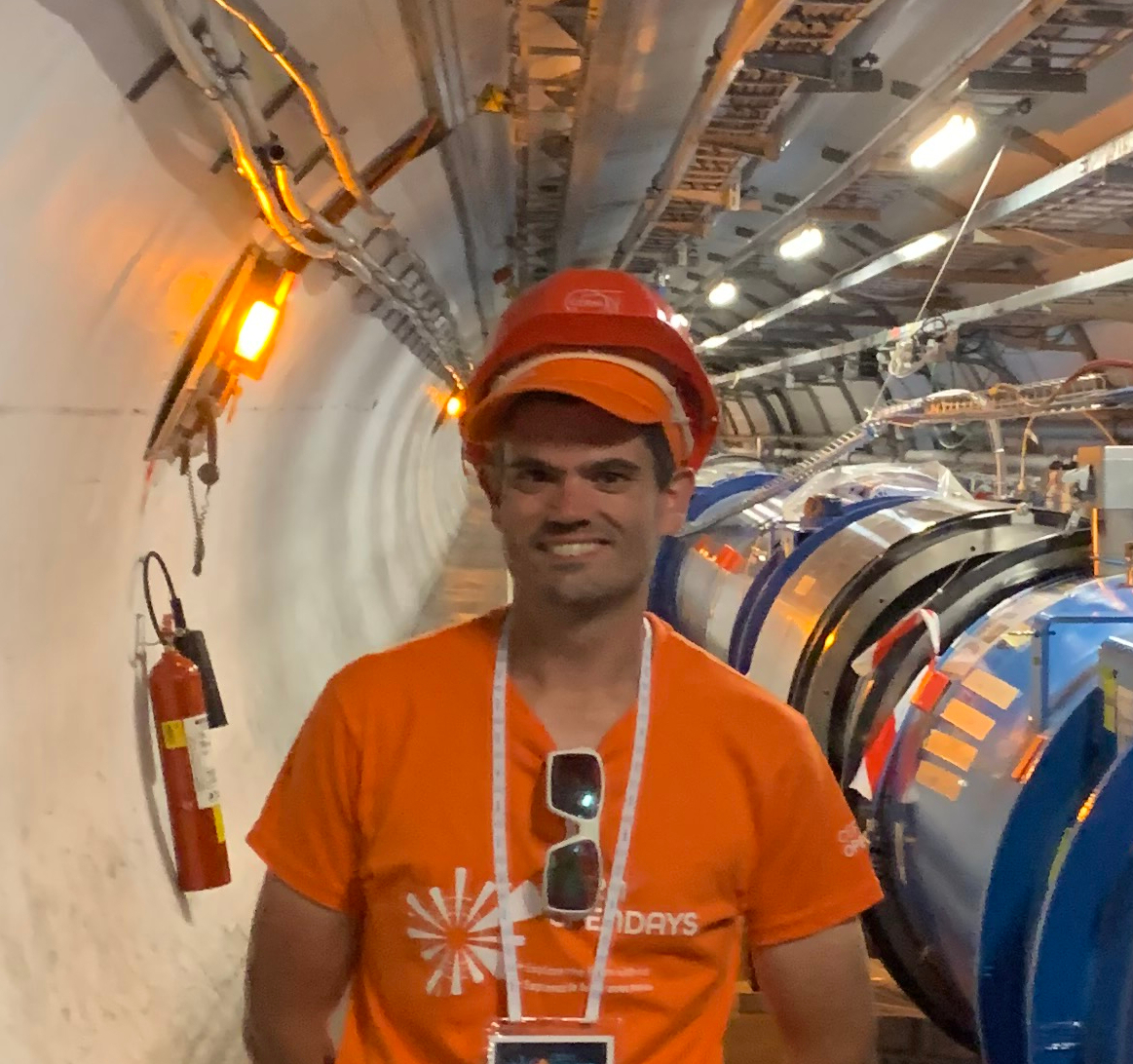Members of the John Adams Institute are working as part of a global effort to upgrade the largest physics experiment on Earth, the Large Hadron Collider (LHC). The upgrade to the LHC, known as the High-Luminosity LHC (HL-LHC), aims to vastly increase the number of collisions that occur in each of the four detectors allowing physicists to probe deeper into the origins of the universe.

One of the vital tasks for the HL-LHC is to increase the level of precision operators have over the positions of the colliding beams. New stripline beam position monitors (BPMs), designed with the aid of JAI members, will be installed close to the Interaction Regions of the ATLAS and CMS experiments. These BPMs will be located in sections of the accelerator where the two counter-propagating proton beams co-exist within a single beam pipe. It is, therefore, important to be able to isolate the BPM signals of each beam.
Several methods of isolating each signal were presented at the 9th International Beam Instrumentation Conference (IBIC 2020), held virtually in Santos, Brazil from September 14-18, by Oxford physicist Douglas Bett. Dr. Bett, pictured in the LHC tunnel, was able to demonstrate a simulation framework covering all stages of the measurement process, from generation of the signals expected for beams of a given intensity and orbit through to digitisation.
Although disappointed that the ongoing Covid-chaos meant he couldn't attend the conference in person, Dr. Bett was nonetheless excited to present his work at the conference.
The combination of pre-recorded talks and virtual poster sessions demonstrated that conferences remain a valuable way of disseminating work to a wider audience, although I did feel sorry for the people who had to call in from Australia due to the 14 hour time difference!